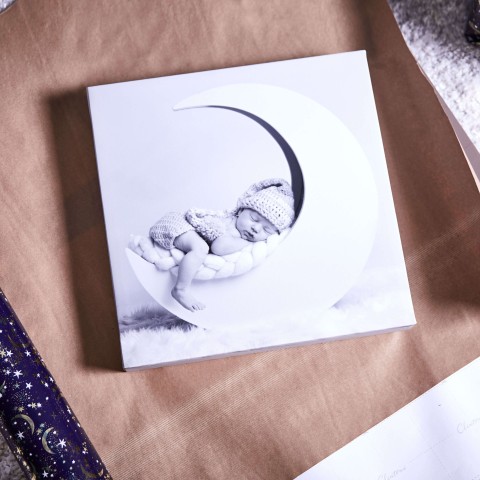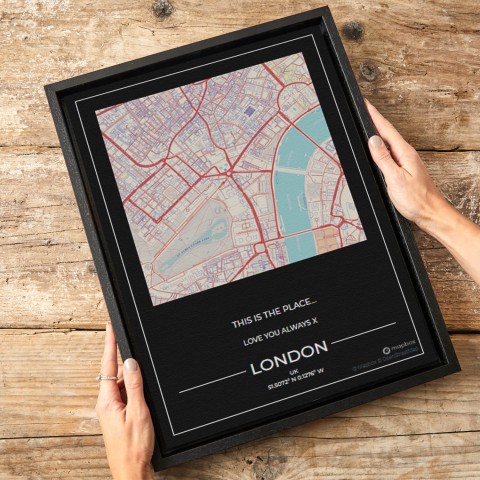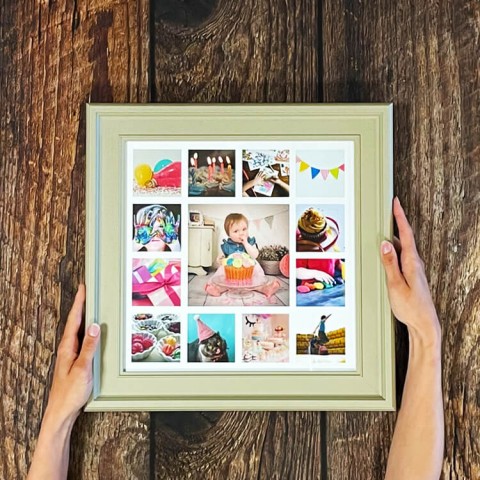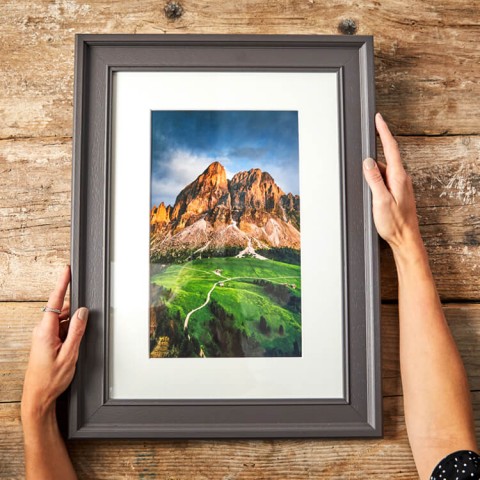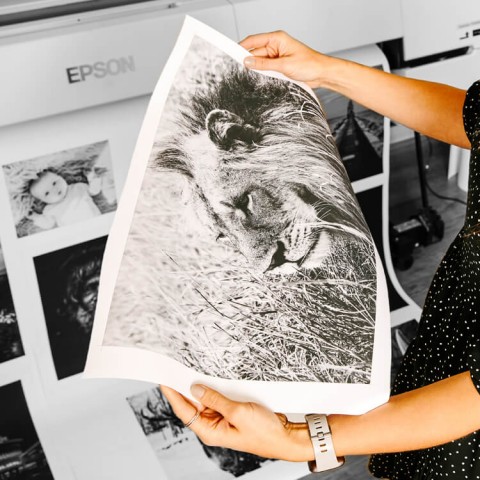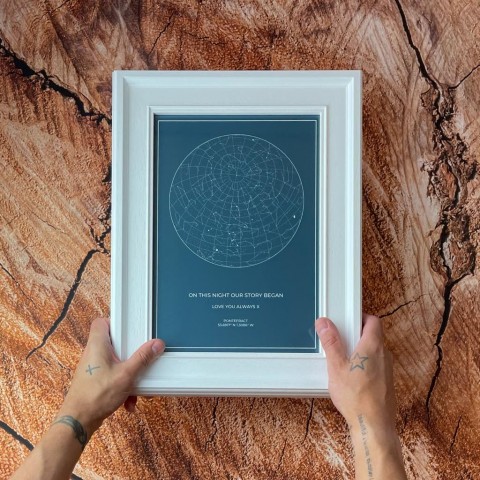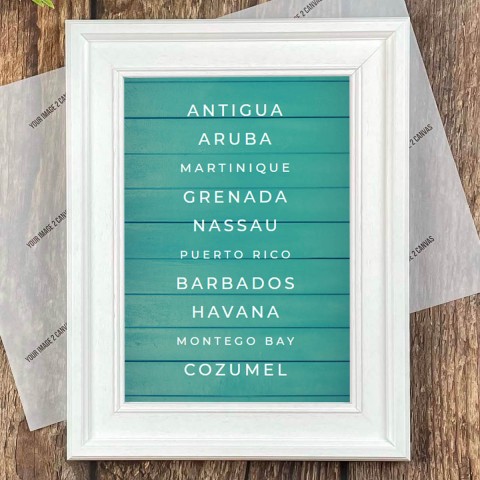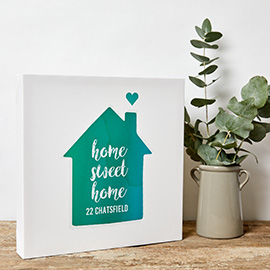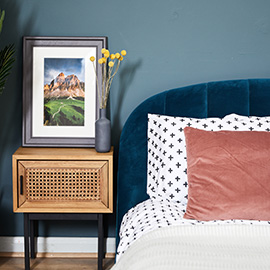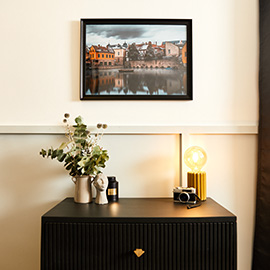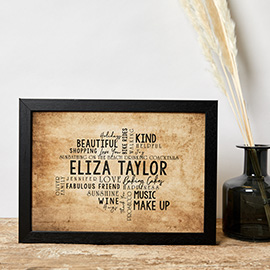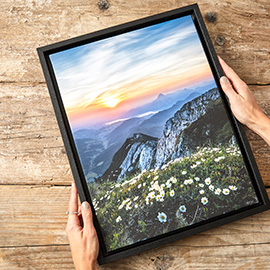How to photograph graffiti
Looking for new subject matter to photograph is a constant challenge for photographers, but with a little imagination, you may find that there’s an art form on your doorstep that’s vibrant, often topical, and makes for some incredible images.
Yes, graffiti may divide opinion, but it’s fantastic to photograph! There are, however, some things you need to know to make the most of this expressive form of street art so that when you come to print them to canvas they’ll look their best.
Be safe
You’ll find graffiti everywhere, of course, but it’s fair to say that the majority will be in parts of town that are more run-down or isolated, making it more sensible to travel in groups to ensure you and your gear remain safe. Look on Flickr, Facebook or online forums for local groups who are into this type of photography – you’ll also get some great tips and be able to share locations.
Graffiti Images for Canvases
What gear?
There really is no right or wrong answer to this question – you can take equally good shots with a DSLR, CSC kit, compact, or even a mobile phone if the light is decent.
Where to find the best graffiti
Graffiti is synonymous with inner cities and you’ll find some great art in every city in the UK, but there’s no getting away from it, the best work is still found in London. A quick Google search will reveal websites that detail the best locations and even offer tours! Remember that graffiti is often seen as an eyesore, so you often have to move fast before it’s painted over again.
Fortunately, there are plenty of landlords with a more welcoming attitude who offer up walls for artists to add some colour to the neighbourhood. In London, places like Shoreditch, Brick Lane and Camden Town feature some of the best graffiti in the world and are well worth a day trip to photograph.
Graffiti images for canvas prints
Choosing your composition
When you’re thinking about photographing street art for a canvas it’s worth deciding if you want the fill the frame – a better choice if it’s a large piece – or add some of the surrounding environment for context or storytelling. Smaller works of art are often better shown as part of a larger scene in a street photography style.
It’s worth mentioning that you’re far better off photographing graffiti in flat light if you want as realistic a representation as possible, but if you’re choosing a wider angle that includes the whole scene you can be more creative. Early morning or sunset offer the opportunity to play with raking shadows which will add some grit to your images.
Graffiti image to canvas
Processing
Graffiti lends itself to a heavier processing hand than some genres, so don’t be afraid to boost the contrast, saturation and clarity sliders a little more than normal!
Follow our advice and you may find that this daring and exciting genre becomes a firm favourite.


